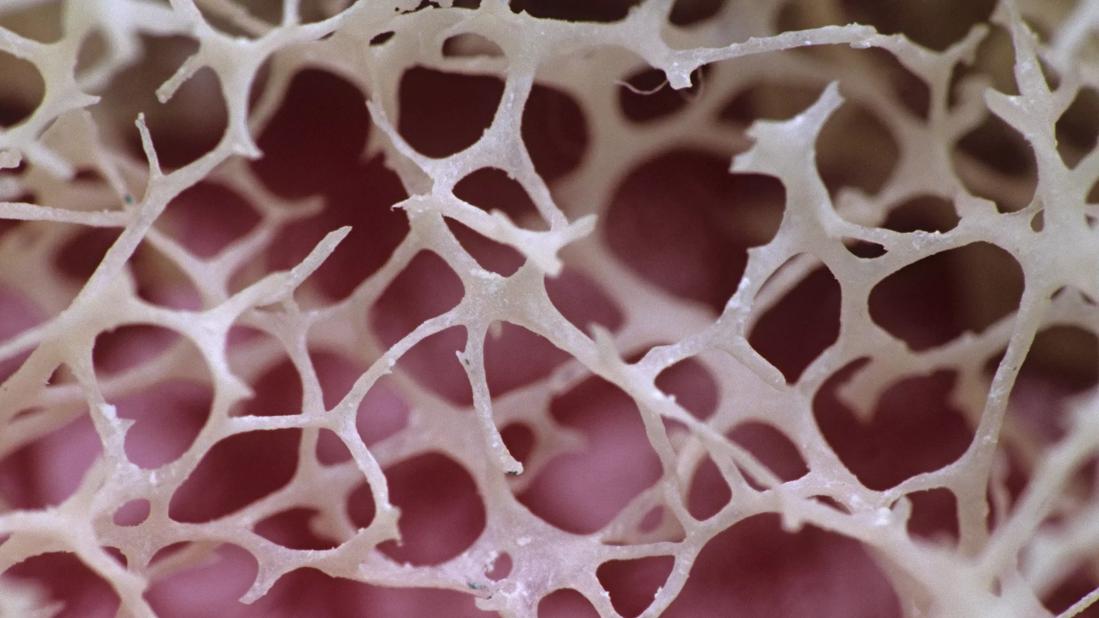Consensus conference begins work on new recommendations for clinical care and research

Many long-term effects of bone marrow transplant (BMT) are driven by chronic graft versus host disease (cGvHD), says Seth Rotz, MD, a pediatric hematologist-oncologist at Cleveland Clinic. However, researchers often focus on only one of these fields, not on where they intersect.
Advertisement
Cleveland Clinic is a non-profit academic medical center. Advertising on our site helps support our mission. We do not endorse non-Cleveland Clinic products or services. Policy
To help bridge the gap, Dr. Rotz and experts from other institutions organized a conference to appraise the state of the science, develop clinical guidelines and identify areas in need of research. The RESILIENT (Research and Education towards Solutions for Late Effects to Innovate, Excel and Nurture) After Graft Versus Host Disease Consensus Conference, held in February, was hosted by the Pediatric Transplantation & Cellular Therapy Consortium and supported by the National Institutes of Health.
“We intended to bring together colleagues with an interest in two different yet related research areas,” notes Dr. Rotz. “Late-effects, or survivorship, research tends to focus on epidemiology and surveillance. How do we screen for long-term issues, and how do we intervene? On the other hand, cGvHD research usually involves basic science to understand mechanisms and clinical trials to explore new treatments.”
At the conference, preliminary findings from four working groups were presented for discussion and refinement:
The first group, Phases of cGvHD, was tasked with defining active and inactive cGvHD. “This area requires more work, but the main finding was the need for consensus definitions,” says Dr. Rotz. “If we can’t name something, it is very difficult to study.”
The second group, Organ Dysfunction and Immunity, focused on immune reconstitution and immunodeficiency after transplant. Key findings included the need for:
Advertisement
The third group, Metabolism, Growth and Development, focused on cardiac metabolic skeletal complications, how cGvHD can drive them and their impact on quality of life.
“A big part of what can affect patients is steroids, which are typically the first-line treatment for cGvHD,” says Dr. Rotz. “This group emphasized the importance of limiting total steroid exposure and using other agents when possible. In cases where prolonged steroid use is necessary, we need to find ways to protect patients from its long-term effects, which can include bone and joint disease, fatigue and cognitive issues, insulin resistance and immune suppression.”
The fourth group, Patient Important Outcomes, focused on what is most important to patients, “which isn’t always what is most important to physicians,” notes Dr. Rotz. “And sometimes what matters to a child is different than what matters to their parents.”
One takeaway from this group was the need to better understand the natural history of cGvHD in children. “Few studies follow a large cohort of pediatric patients long-term,” says Dr. Rotz. “Do they still need treatment? What are the long-term morbidities?”
Following patients over several years would be a challenging and expensive undertaking, he admits. Notably, cGvHD is rarer in the pediatric population. A study like this would require a multicenter effort. Transition of care in the pediatric setting also could make long-term research difficult.
“There are barriers to overcome, but that doesn’t reduce the need for this type of research,” says Dr. Rotz.
Advertisement
Each group now is working on publishing their recommendations, submitting them for discussion at academic conferences and submitting them for consideration by the American Society for Transplantation and Cellular Therapy.
“Between the four working groups, I anticipate about 30 or 40 new recommendations to help clinicians better care for their patients,” says Dr. Rotz.
Advertisement
Advertisement

Insights on bringing Cleveland Clinic even closer to becoming the best transplant enterprise in the world

Consensus statement aims to increase use of the perfusion technology and raise transplant volumes

Minimally invasive approach, peri- and postoperative protocols reduce risk and recovery time for these rare, magnanimous two-time donors

Minimally invasive pancreas-kidney replacement reduces patient’s pain, expedites recovery

Largest study to date confirms mortality rates similar to DBD transplant and reveals risk factors

Patient receives liver transplant and a new lease on life

More than 30% of patients die when early dialysis is needed after surgery

AHA recommendations for pretransplant evaluation, peritransplant and long-term management